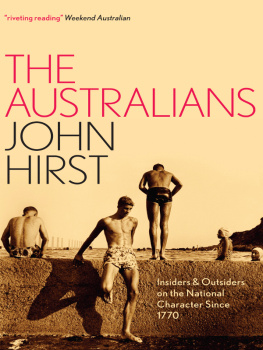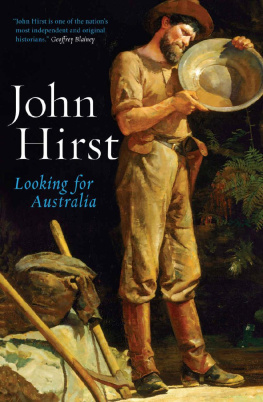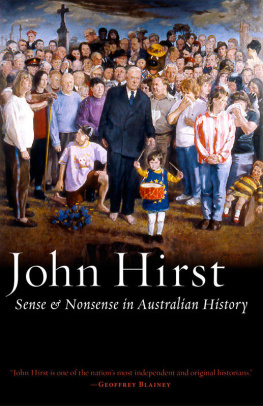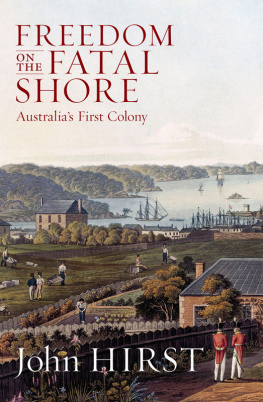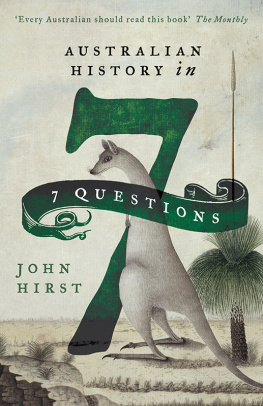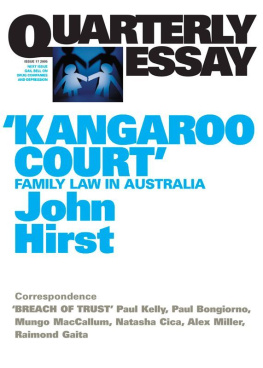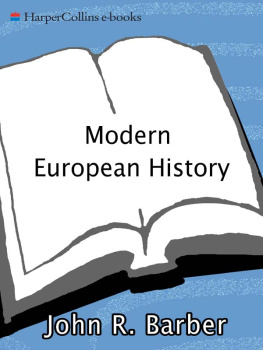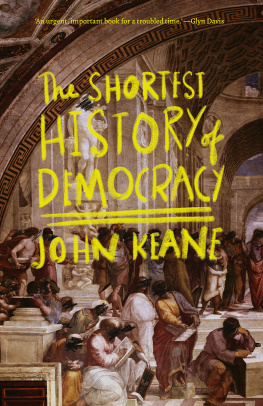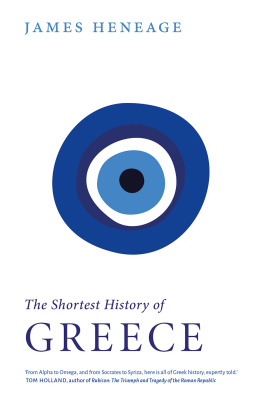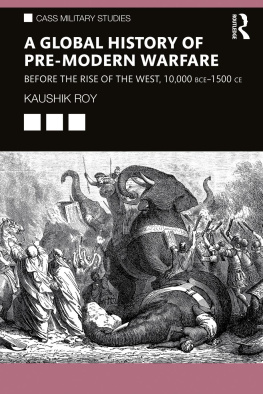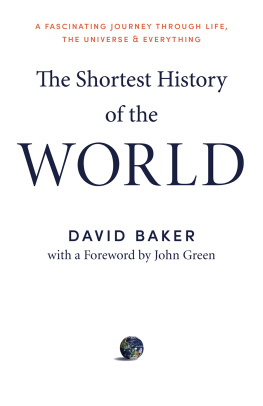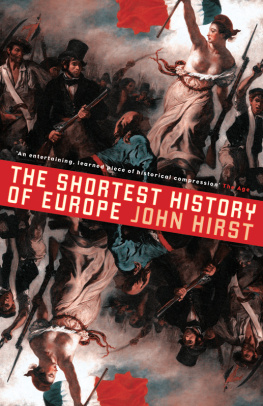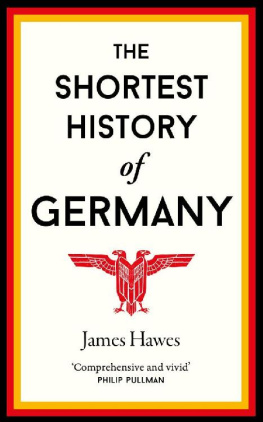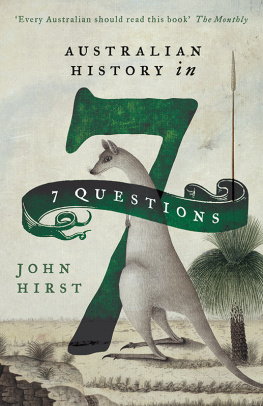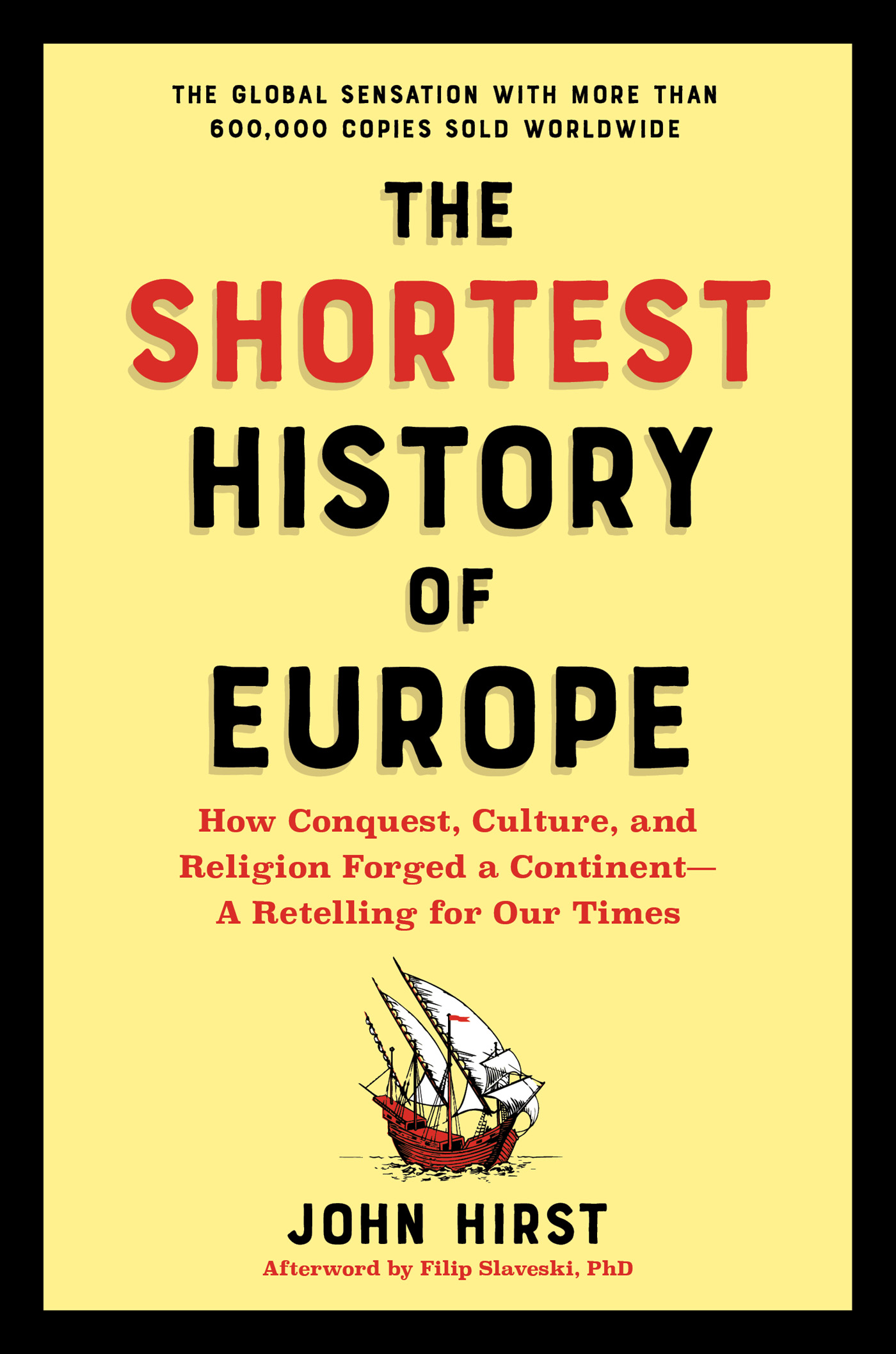Contents
Guide
Page List

Contents
Introduction
I f you like to skip to the end of a book to see what happens, you will enjoy this book. The endings start soon after it begins. It tells the history of Europe six times, each from a different angle.
These were originally lectures designed to introduce university students to European history. I did not start at the beginning and go through to the end. I quickly gave the students an overview and then returned later with more detail.
The first two lectures sketch out the whole of European history. This is truly the shortest history. The next six lectures take a particular theme. The aim is to deepen understanding by returning and more deeply examining.
A story has a plot: a beginning, a middle, and an end. A civilization does not have a story in this sense. We are captured by story if we think a civilization must have a rise and fall, though it will have an end. My aim here is to capture the essential elements of European civilization and to see how they have been reconfigured through time; to show how new things take their shape from old; how the old persists and returns.
History books deal with many events and people. This is one of historys strengths, and it takes us close to life. But what does it all mean? What are the really important things? These are the questions I always have in mind. Many people and events that get into other history books dont get into this one.
After classical times, the book deals chiefly with Western Europe. Not all parts of Europe are equally important in the making of European civilization. The Renaissance in Italy, the Reformation in Germany, parliamentary government in England, and revolutionary democracy in France: These are of more consequence than the partitions of Poland.
I have relied heavily on the work of historical sociologists, particularly Michael Mann and Patricia Crone. Professor Crone is not an expert on European history; her specialty is Islam. But in a little book called Pre-Industrial Societies she included one chapter on The Oddity of Europe. This is a tour de force, a whole history in thirty pages, almost as short as my shortest history. It provided me with the concept of the making and reworking of the European mix, as set out in my first two lectures. My debt to her is that great.
For some years at La Trobe University in Melbourne I was fortunate to have as a colleague Professor Eric Jones, who was a great encourager of the big-picture approach to history and upon whose book The European Miracle I have heavily relied.
I claim no originality for the book except in its method. I first offered these lectures to students in Australia who had had too much Australian history and knew too little of the civilization of which they are a part.
This edition has a new section that deals in detail with the nineteenth and twentieth centuries.
Chapter 1
Europe Classical and Medieval
E uropean civilization is unique because it is the only civilization that has imposed itself on the rest of the world. It did this by conquest and settlement; by its economic power; by the power of its ideas; and because it had things that everyone else wanted. Today every country on Earth uses the discoveries of science and the technologies that flow from it, and science was a European invention.
At its beginning European civilization was made up of three elements:
1. the culture of Ancient Greece and Rome
2. Christianity, which is an odd offshoot of the religion of the Jews, Judaism
3. the culture of the German warriors who invaded the Roman Empire.
European civilization was a mixture: The importance of this will become clear as we go on.
I f we look for the origins of our philosophy, our art, our literature, our math, our science, our medicine, and our thinking about politicsin all these intellectual endeavors we are taken back to Ancient Greece.
In its great days Greece was not one state; it was made up of a series of little states: city-states, as they are now called. There was a single town with a tract of land around it; everyone could walk into the town in a day. The Greeks wanted to belong to a state as we belong to a club: It was a fellowship. It was in these small city-states that the first democracies emerged. They were not representative democracies; you did not elect a member of parliament. All male citizens gathered in one place to talk about public affairs, to vote on the laws, and to vote on policy.

Ancient Greek cities and colonies. Greek civilization thrived in trading and agricultural colonies around the Mediterranean and Black Seas.
As these Greek city-states grew in population, they sent people to start colonies in other parts of the Mediterranean. There were Greek settlements in what is now Turkey, along the coast of North Africa, even as far west as Spain, southern France, and southern Italy. And it was therein Italythat the Romans, who were then a very backward people, a small city-state around Rome, first met the Greeks and began to learn from them.
In time the Romans built a huge empire that encompassed Greece and all the Greek colonies. In the north the boundaries were two great rivers, the Rhine and the Danube, though sometimes these were exceeded. In the west was the Atlantic Ocean. England was part of the Roman Empire but not Scotland or Ireland. To the south were the deserts of North Africa. In the east the boundary was most uncertain because here were rival empires. The empire encircled the Mediterranean Sea; it included only part of what is now Europe and much that is not Europe: Turkey, the Middle East, and North Africa.

The extent of the Roman Empire around the second century ad .
The Romans were better than the Greeks at fighting. They were better than the Greeks at law, which they used to run their empire. They were better than the Greeks at engineering, which was useful both for fighting and running an empire. But in everything else they acknowledged that the Greeks were superior and slavishly copied them. A member of the Roman elite could speak both Greek and Latin, the language of the Romans; he sent his son to Athens for a university education or he hired a Greek slave to teach his children at home. So when we talk about the Roman Empire being Greco-Roman it is because the Romans wanted it that way.
Geometry is the quickest way to demonstrate how clever the Greeks were. The geometry taught in school is Greek. Many will have forgotten it, so lets start with the basics. That is how geometry works; it starts with a few basic definitions and builds on them. The starting point is a point, which the Greeks defined as having location but no magnitude. Of course it does possess magnitude, there is the width of the dot on the page, but geometry is a sort of make-believe world, a pure world. Second: A line has length but no breadth. Next, a straight line is defined as the shortest line joining two points. From these three definitions you can create a definition of a circle: In the first place, it is a line making a closed figure. But how do you formulate roundness? If you think about it, roundness is very hard to define. You define it by saying there is a point within this figure, one point, from which straight lines drawn to the figure will always be of equal length.


